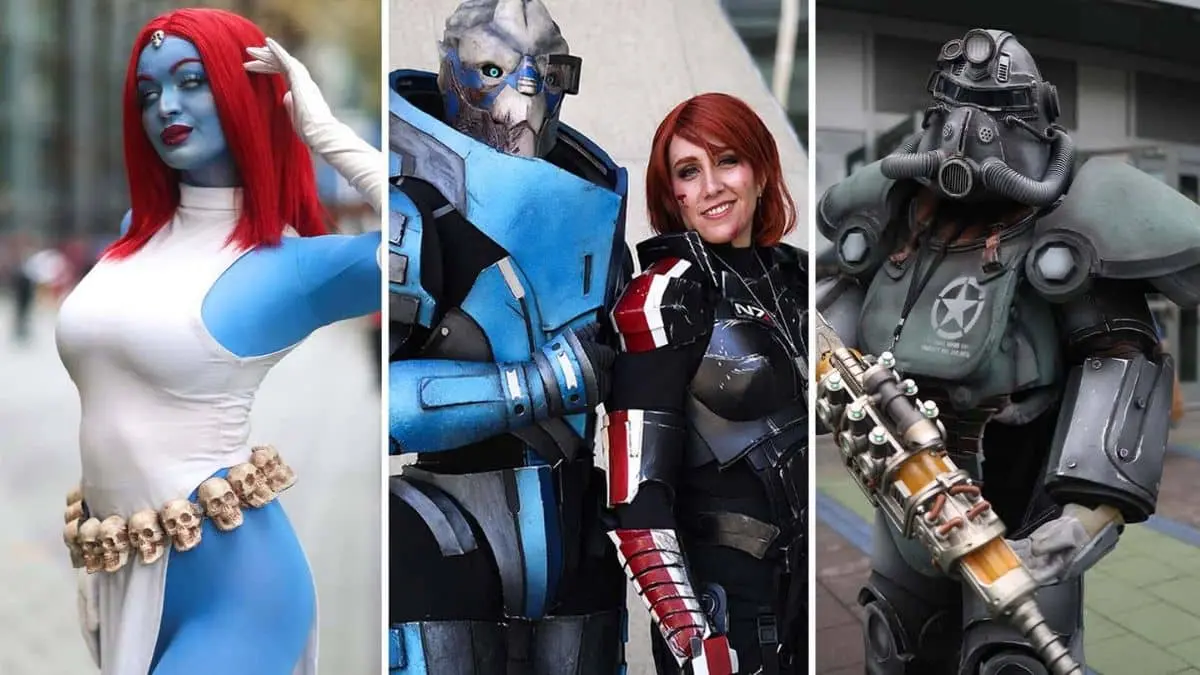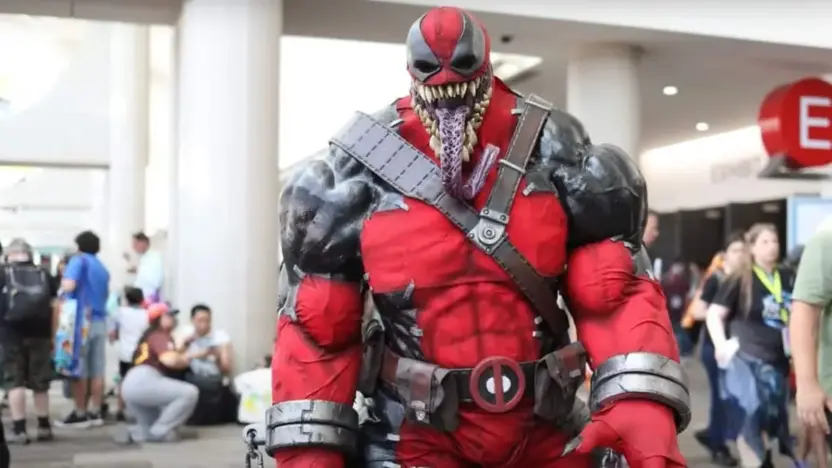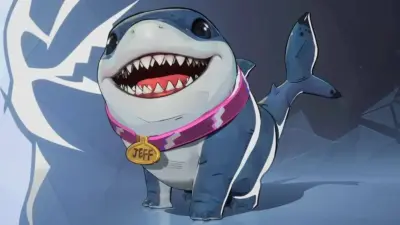Cosplay, the art of dressing as characters from various forms of media, has become more than just a hobby. It is now a cultural phenomenon that connects creators, characters, and fans in a way that was unimaginable just a few decades ago. Nowhere is this connection more evident than in the relationship between comics and their readers. Cosplay has revolutionized how fans engage with comic book universes, creating a bridge that makes these fantastical worlds more tangible and accessible.
Cosplay: The Ultimate Expression of Fandom
At its core, cosplay is a celebration of love for characters and stories. When fans dress as their favorite comic book heroes or villains, they step into a role that allows them to embody the traits they admire most. For many, it’s not just about wearing a costume but about embracing the essence of the character. This connection fosters a deeper appreciation of the source material.
For example, characters like Wonder Woman or Spider-Man inspire fans to don their iconic costumes as a way of resonating with their courage, resilience, and morality. Through cosplay, fans don’t just read about these characters—they live them, if only for a while.
Comics Come to Life at Conventions
Comic conventions like San Diego Comic-Con or New York Comic Con have become synonymous with cosplay. These gatherings are not only a space for fans to meet their idols or purchase exclusive merchandise but also a platform for cosplayers to shine. When attendees walk through a convention hall filled with cosplayers dressed as Iron Man, Harley Quinn, or Black Panther, it feels like stepping into a live-action comic book.
These events provide a shared space where the divide between creators and fans dissolves. Artists, writers, and publishers witness their characters brought to life in real time. This visual and emotional connection often fuels creators to further develop their stories, knowing the profound impact their work has on fans.
Empowering Fans Through Representation
Cosplay also acts as a powerful tool for representation and identity. Comic book characters often serve as symbols of strength, resilience, and individuality. Through cosplay, fans can feel empowered by stepping into the shoes of characters who represent their ideals.
Take Kamala Khan, the first Muslim Ms. Marvel, for example. Her introduction to the Marvel Universe brought an unprecedented level of representation for young Muslim readers. Fans of all ages and backgrounds cosplay as her to celebrate not just her superhero identity but also her cultural heritage. This act of representation strengthens the bond between fans and the comics they adore.
Building a Community of Shared Passion
Cosplay fosters a sense of community that is unmatched. Fans often collaborate on creating costumes, sharing tips on sewing, armor crafting, and makeup. Social media platforms like Instagram, TikTok, and Reddit are hubs for cosplayers to showcase their work, exchange ideas, and support one another.
For comic book fans, these communities become a space where they can share their love for specific series or characters. A group of X-Men cosplayers at a convention, for instance, doesn’t just look amazing; they also share their interpretations of the franchise’s themes of diversity and acceptance. This shared passion creates a collective understanding of the stories and characters they love.

Reimagining Characters Through Creativity
Cosplay often transcends simple replication of comic book designs. Many cosplayers reimagine their favorite characters through creative twists. For instance, some fans blend cultural influences, creating designs like a samurai-inspired Batman or a steampunk Wonder Woman. These interpretations breathe new life into well-loved characters and demonstrate the versatility of comic storytelling.
Such innovations have not gone unnoticed by creators. In some cases, fan-inspired designs have influenced official versions of characters in comics. Marvel and DC have both incorporated fan-favorite elements into alternate universes or limited series, showing how cosplay can loop back into the creative process.
Cosplay as a Medium for Advocacy
Cosplay has also become a medium for advocacy and awareness, bridging comics and real-world issues. Characters like Captain America, originally created as a symbol of hope during World War II, have inspired cosplayers to advocate for justice and equality. Groups of cosplayers often participate in charity events, hospital visits, and awareness campaigns dressed as superheroes, using their costumes to spread joy and positivity.
One notable example is the “501st Legion,” a cosplay group inspired by Star Wars but with significant overlap in the comic community. They frequently engage in charity work while celebrating their fandom. Their efforts showcase how cosplay turns admiration into action.
The Role of Social Media in Bridging the Gap
Social media has played a pivotal role in strengthening the connection between comic creators and fans through cosplay. Platforms like Instagram and TikTok have amplified the reach of cosplayers, making their work visible not just to fellow fans but also to the creators of the comics they adore.
Creators often share cosplayers’ photos or leave comments appreciating the effort and dedication. For instance, comic artist Jim Lee frequently shares photos of cosplayers dressed as characters he helped design, expressing his amazement at their craftsmanship. This direct interaction between fans and creators bridges the gap between the page and real life.
A Growing Industry Rooted in Passion
The popularity of cosplay has spawned a growing industry, with professional cosplayers gaining fame and even making a living from their craft. Brands and comic publishers often collaborate with cosplayers to promote upcoming releases. For example, Marvel has featured prominent cosplayers in their marketing campaigns, recognizing the authenticity and passion they bring to the characters.
This professionalization of cosplay highlights its importance not just as a fan activity but as a vital part of the comic book ecosystem.
Conclusion: A Seamless Connection
Cosplay has transformed how fans experience and interact with comics, blurring the line between fiction and reality. By embodying their favorite characters, fans forge a personal connection to the stories they love. Through conventions, social media, and creative expression, cosplay bridges the gap between creators and their audiences, creating a shared space where both can celebrate the magic of storytelling.
In many ways, cosplay has become a living testament to the power of comics. It shows that these stories are not just ink on paper—they are alive in the hearts of fans. As cosplay continues to evolve, its role as a bridge between comics and fans will only grow stronger.
Also Read: Why Indie Comics Are the Heart of the Industry?



